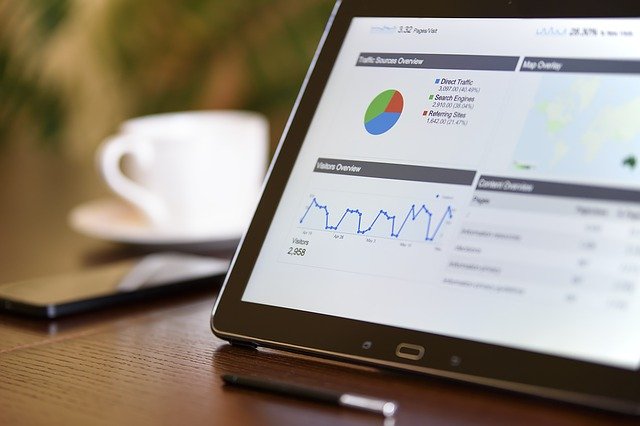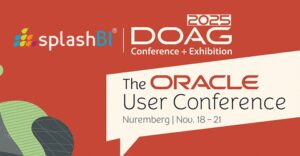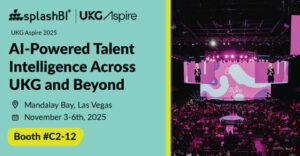Organizations across the globe are beginning to invest heavily in programmes, platforms and tools that leverage HR data for all elements of the workforce.
This huge emphasis on data across a multitude of departments ultimately contributes to employee management, performance and improvement and enables the organisation to meet its goals.
The pandemic has been an undoubtable catalyst for dramatic changes in workforces and internal processes. However, despite these changes resulting in many positive developments such as the rise in hybrid working, other obstacles are now arising such as inaccuracies, gaps and large volumes of redundant data being discovered.
With these challenges unable to be ignored, what does this mean for HR processes and what impact will this have over the next 12 months? Analysing people analytics and the importance of HR data in general cannot be ignored; it is essential for businesses to continue to adapt, evolve and thrive as through the rest of the year and beyond.
The Data Dynamite
Many organizations have started to recognise that tapping into employee life spans from the point of hire to a couple of years of service, demonstrates the changes within the workplace or HR department, but also shows how much room for error there really is.
Analytics in HR has historically been very black and white and only focused on basic elements such as headcount and friction within the workforce. Yet there is much more to discover. Modern people analytics solutions focus on using existing data from within the businesses to understand the impact teams and the workforce in its entirety can have on business value and operations. By embedding analytics into real-time applications, organizations can be in a much stronger position to make data-driven decisions.
Furthermore, in order to ensure that the people analytics solution is able to demonstrate ROI, organizations must review the data within every department, showing how the organisation can become as efficient as possible.
Cleaning up the Data
It’s easy for data to get dirty. The moment data collection processes differ even slightly – for example, through a change in the HR department or an upgrade to a new system – it becomes irregular and inconsistent. However, many people are put off the process of starting a data clean up as it can be extremely time consuming and could actually contribute to more mistakes. In this case, by focusing on only cleaning the data that you need to report on and only one specific element for analysis, time and money can be saved.
The vast amount of data kept in legacy systems also matters and can’t be forgotten. Data is still data and including older employee data in a new people analytics platform is vital to make data-driven decisions.
The evolution of people analytics platforms has been evident as a more agile and innovative approach to HR technology has been introduced to the market. In turn, this has taken HR digitisation to a whole new level. With the use of artificial intelligence, organizations can now use their data to intelligently and effortlessly automate processes, and what’s more, by using mobile technology, employees can be empowered to maintain, update and control their own data and system integration. With this approach, both time on administrative tasks and costly errors are greatly reduced.
Data Should Be Number One
Legacy systems no longer need to be seen as a hindrance; with a new approach to analytics in HR, businesses can still function efficiently. Implementing a flexible, reliable and most importantly, easy people analytics solution, changes the landscape within a business for the better.
Data auditing and data maintenance might be time consuming, but it is an essential ongoing process. Maintaining accuracy and health of data in a people analytics platform is critical to ensure the organisation can to effectively and swiftly make key business decisions, reducing risk regarding compliance and security and increasing the HR team’s credibility as a result.
Reference Link – https://www.hrmguide.net/systems/hr-data-goldmine.htm







